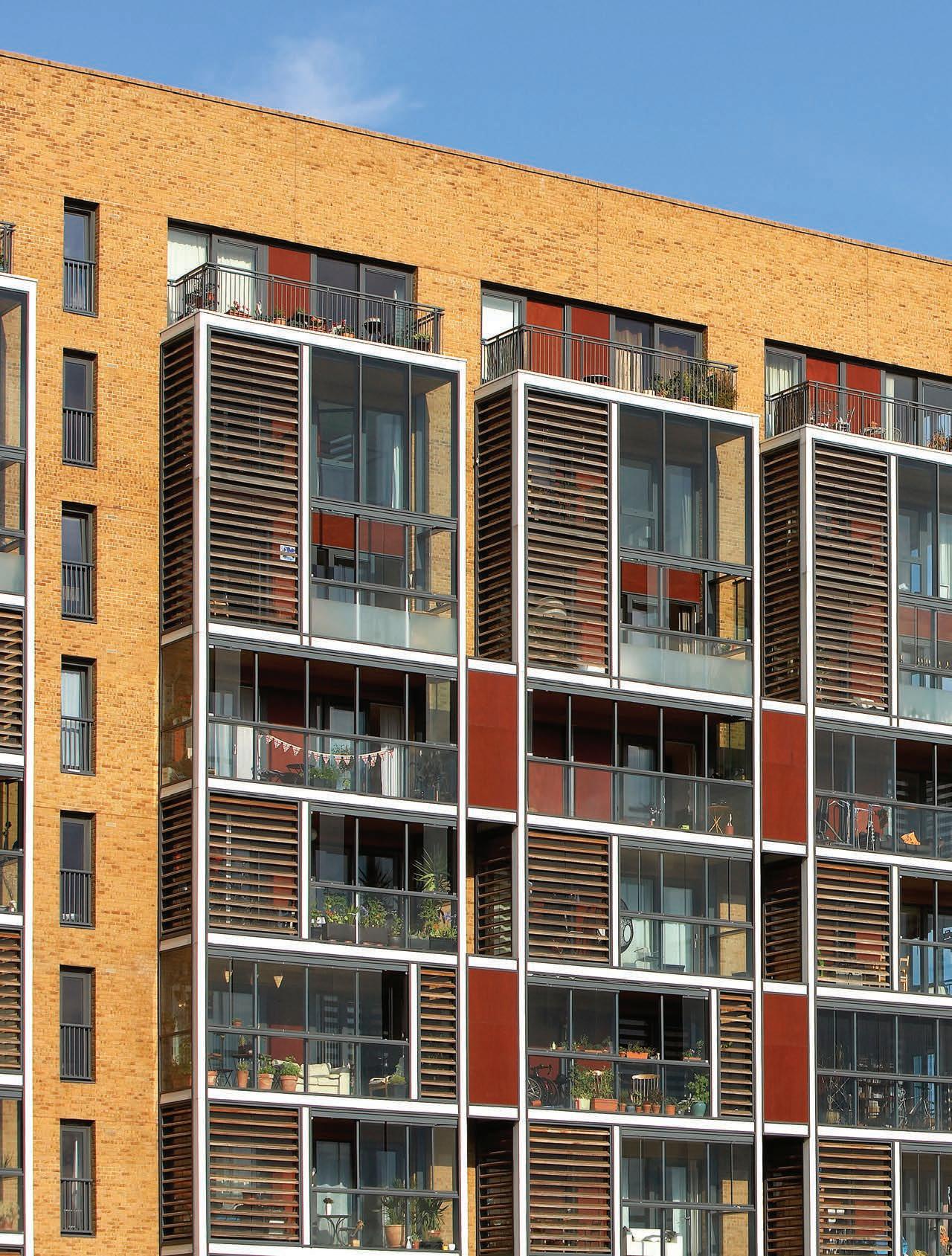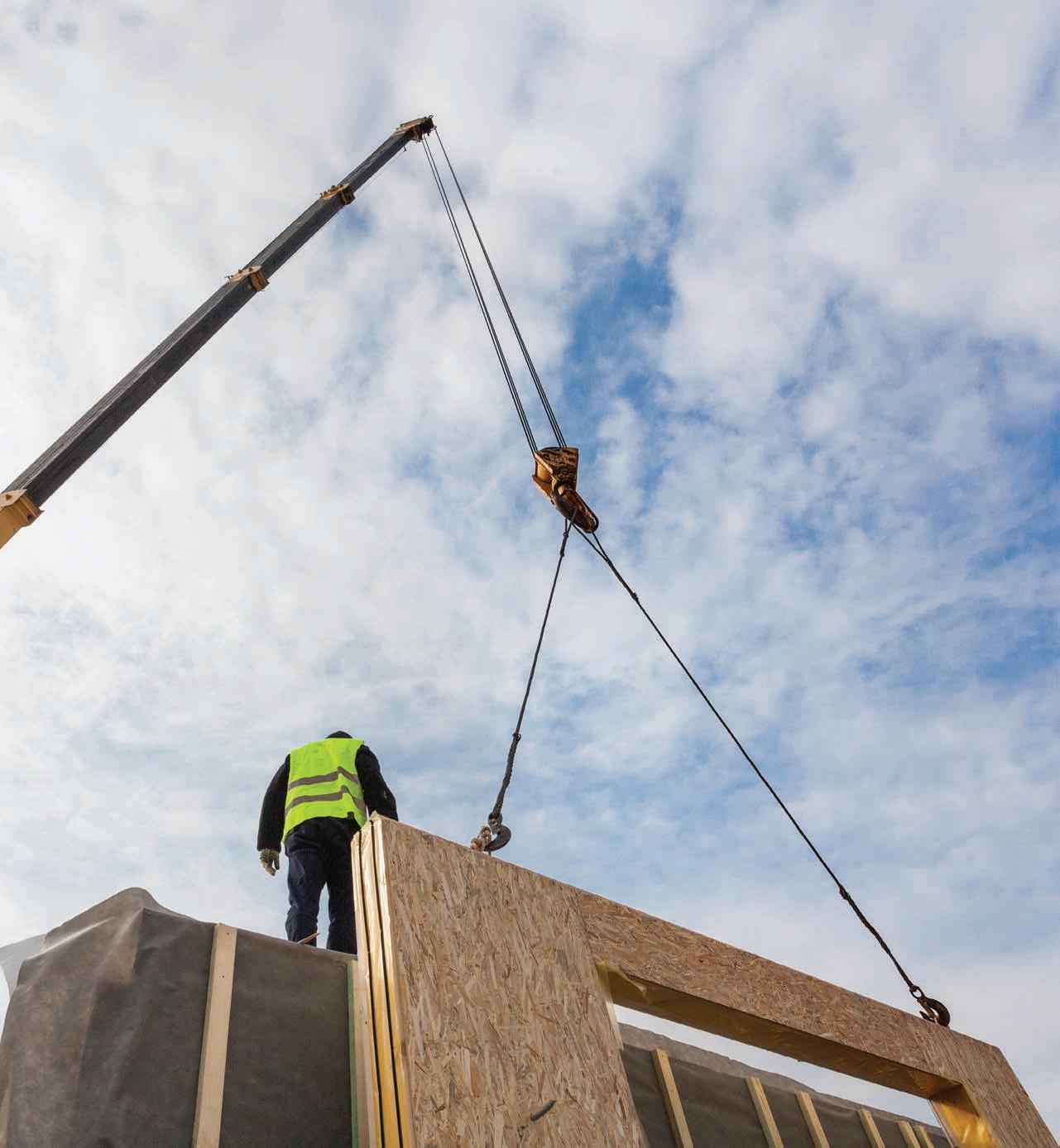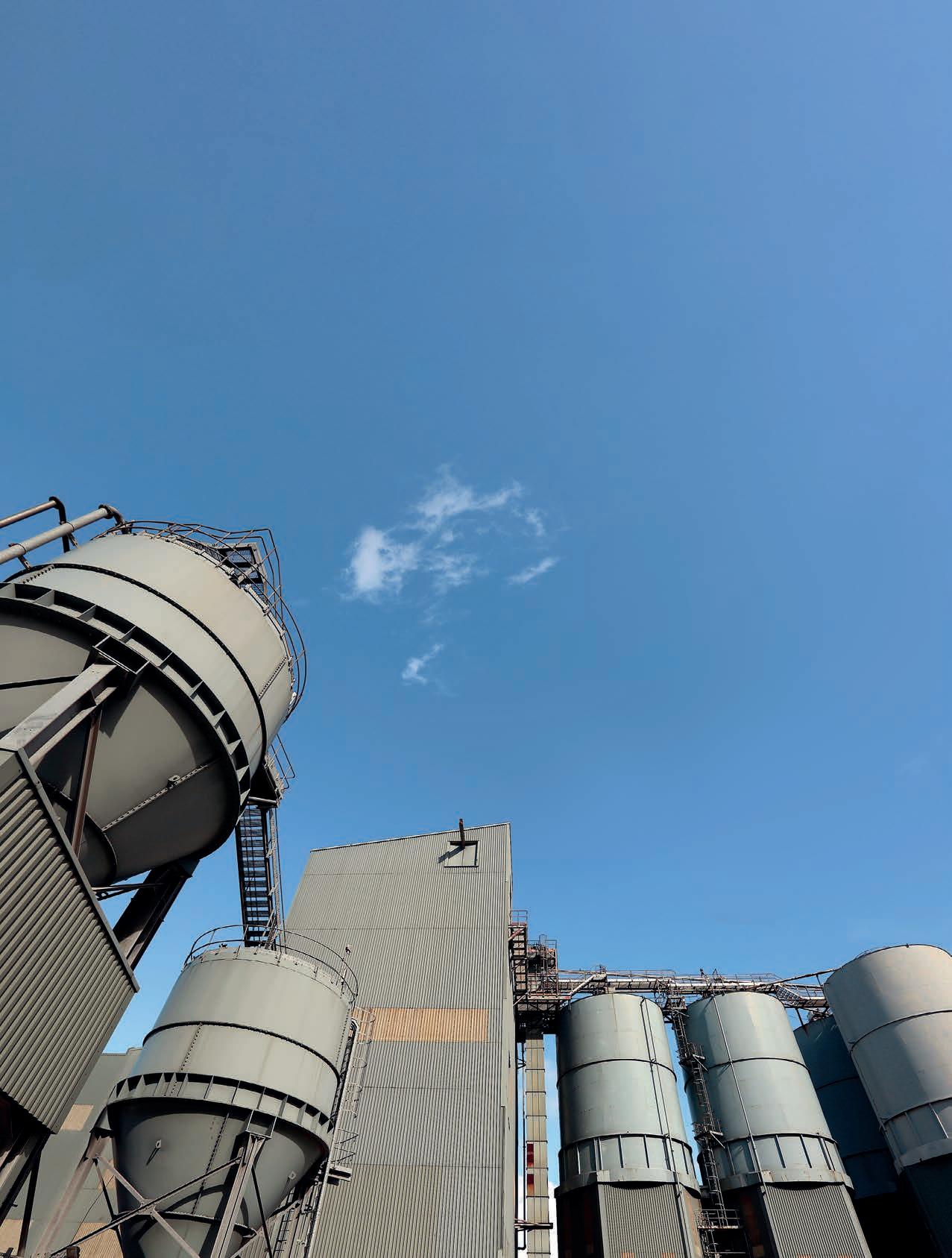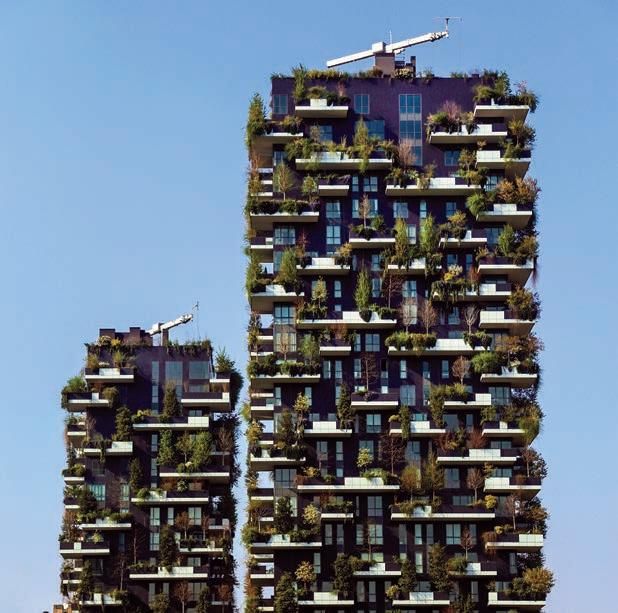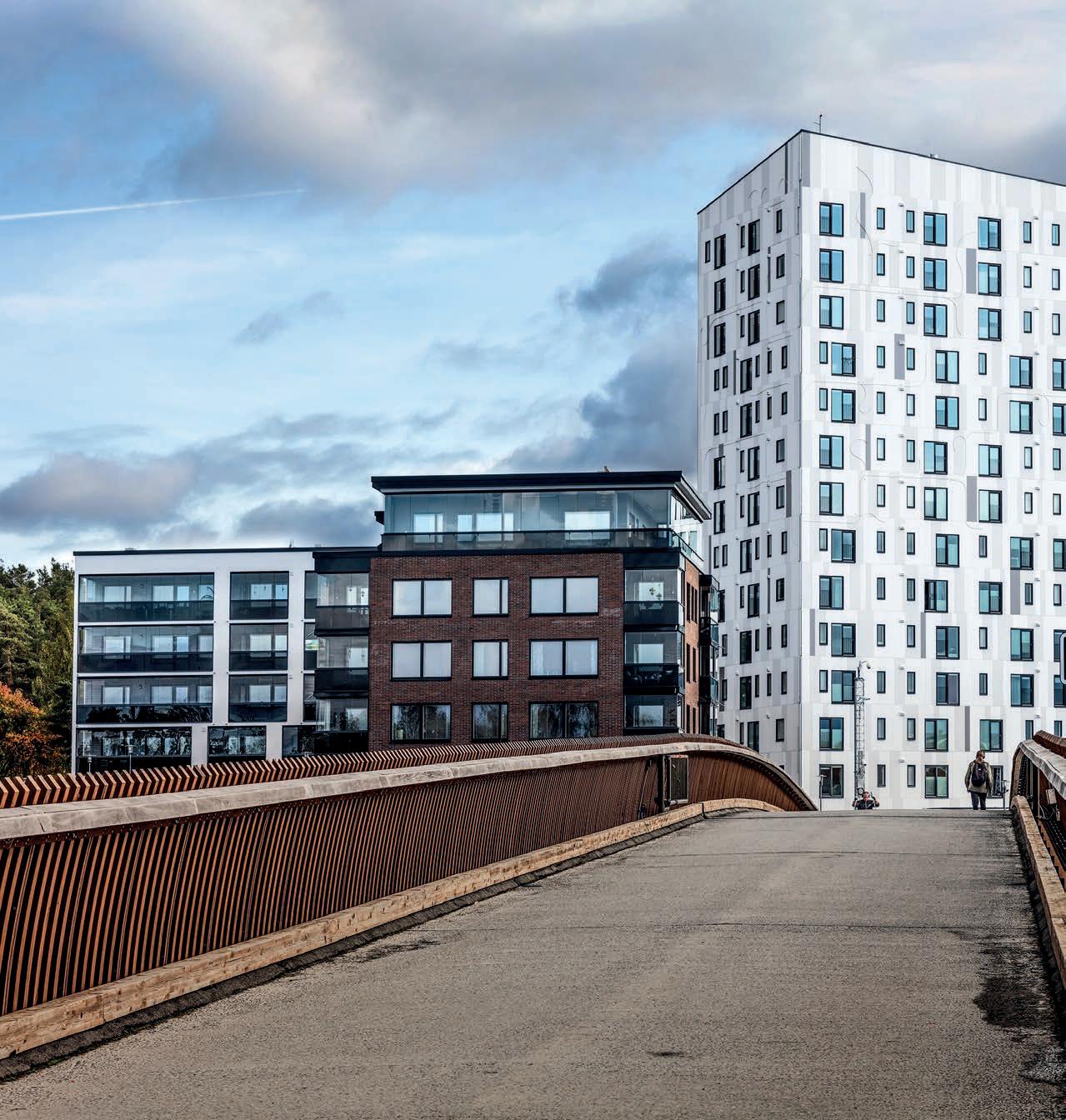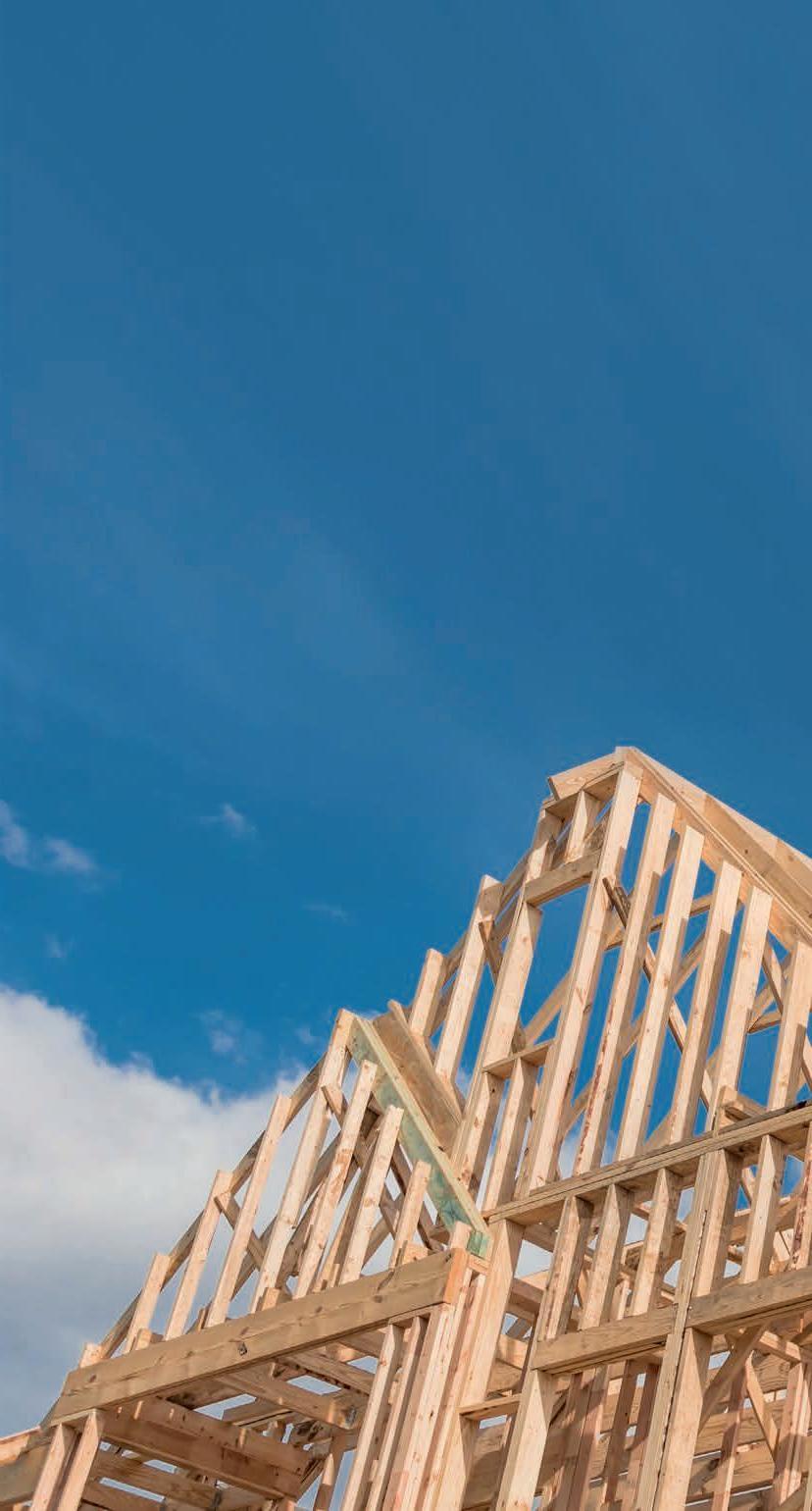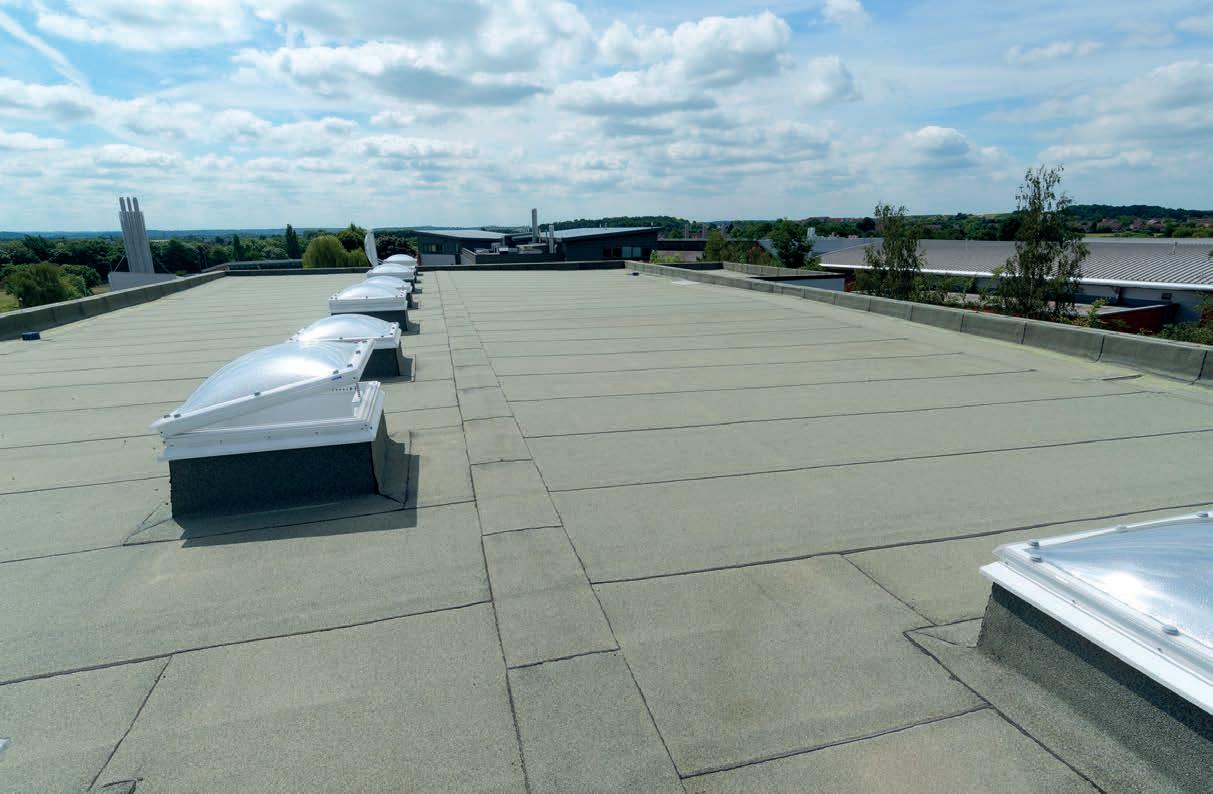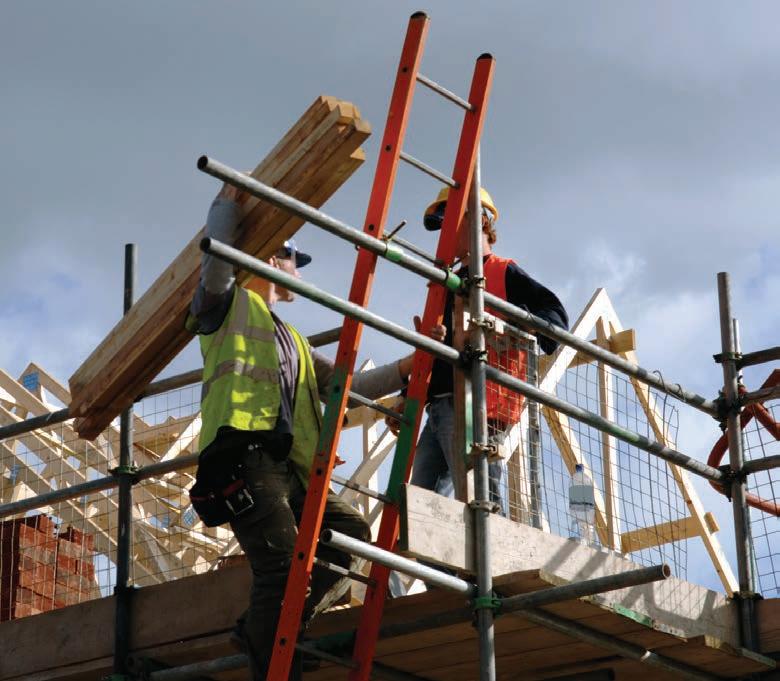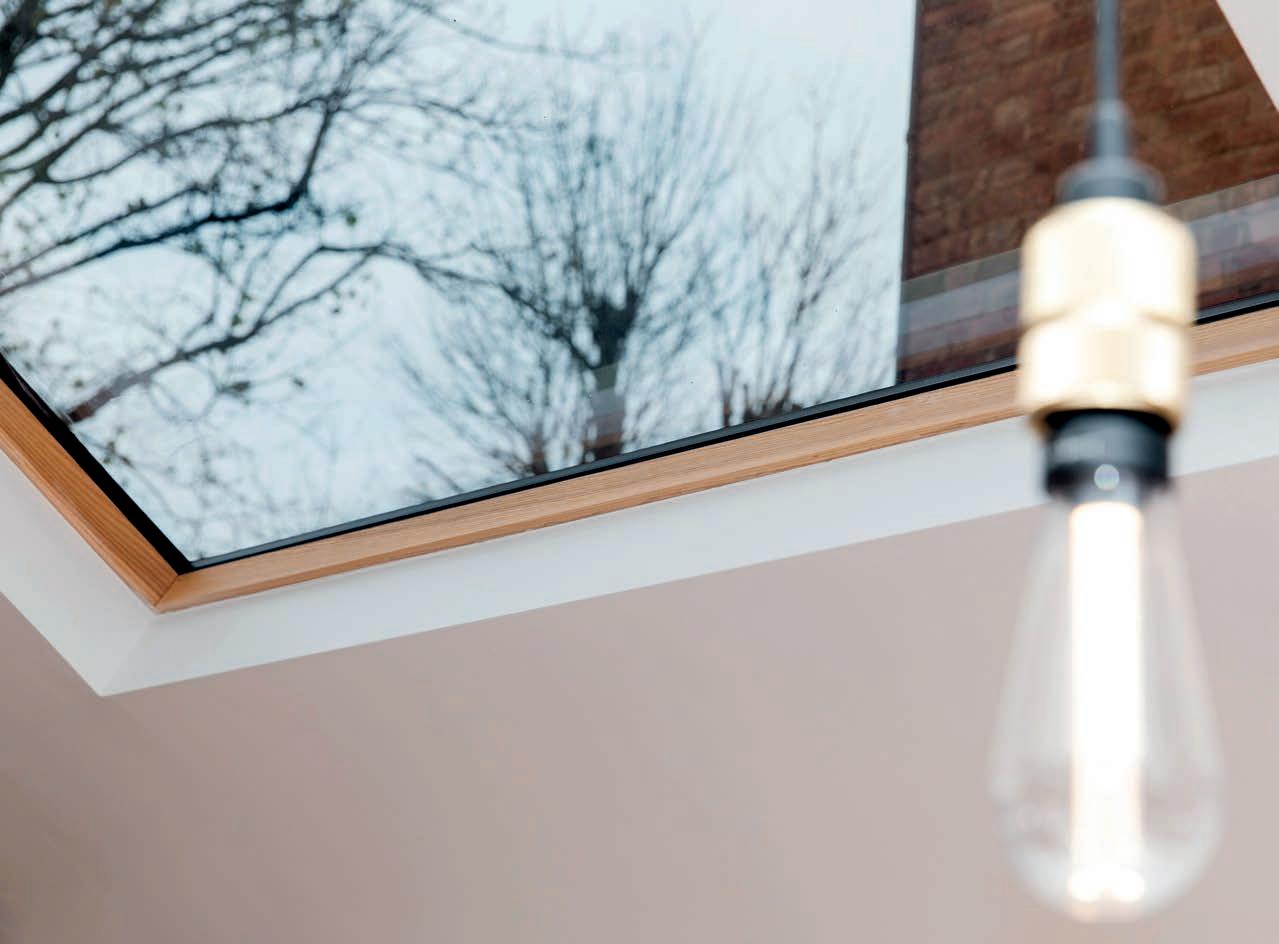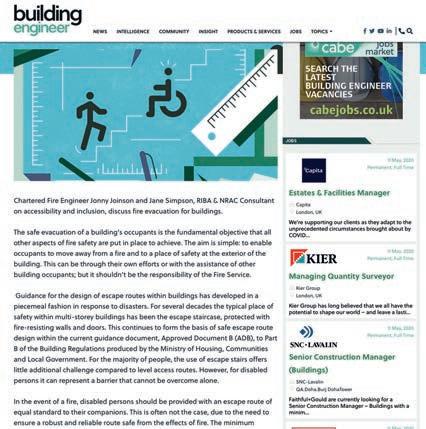INSIGHT
D
iscussions surrounding sustainability generally focus on the reduction of carbon emissions, the responsible sourcing of materials together with the recycling and elimination of waste, which are all vitally important. But sustainability is about much more than the environment. Moving away from established practice requires people with new skills, understanding and attitudes. Education is a critical element in ensuring those entering the built environment are able to support the shift towards more sustainable systems and technology.
JUNE 2020
Evolving definitions
BUILDING ENGINEER
36
In 1987, the Brundtland Report for the United Nations said that for something to be sustainable it must: “meet the needs of the present without compromising the ability of future generations to meet their own needs”. Under this definition, sustainability can be said to encompass the social, economic and environmental needs of both present and future generations. It is this holistic definition of sustainability that is increasingly being applied to the construction industry in place of the nebulous and increasingly meaningless term green. It is certainly the case that sustainability represents one of UK construction industry’s most important and challenging issues. In the policy paper Construction 2025: strategy, the government made it clear that it wants the UK construction industry to be a market leader in both efficiency and sustainable construction. Its vision is for UK construction to be so efficient and technologically advanced that it can lead the world in low-carbon construction. Key to realising this, the government says construction must invest in smart off-site manufacture and digital design and technology. In this context modern methods of construction (MMC) – off-site manufacture, modular construction or good old pre-fabrication – stand up well against the people, profit and planet triple bottom line definition of sustainability, with many attributes that make off-site manufacture of buildings more environmentally friendly and productive. These include: Economic benefits such as faster construction and improved quality leading to reduced snagging and defects; there is also less dependency on the weather Social benefits such as improved health and safety of the workforce, improved working conditions and the opportunity
36-39 Education_BE June 2020_Building Engineer.indd 36
Hand in hand Do we really understand all aspects of sustainability and how is academia strengthening this emerging sector? Asks Andrew Pearson
to locate a factory in an area with a skilled workforce or for job creation Environmental benefits including reduced waste, reduced road traffic movements from fewer site deliveries, improved operational performance because elements are likely to be produced in accordance with the specification and design intent, and because factories can control the emissions that result from construction more effectively than construction sites. As architect and TV presenter George Clarke notes: “It’s amazing how much more efficient and better for the environment building off-site can be, yet in the UK less than 5% of construction uses off-site techniques, compared with around 9% in Germany, 12-15% in Japan and 20% in Sweden.” He also notes that off-site building can bring the cost of construction down, offer 30% quicker build time, and is one of the ways the industry can get to net-zero carbon emissions. “So it’s a crucially important area where we really need to be making change.”
Modernise or die The need to invest in MMC to ensure the industry’s long-term sustainability was a message echoed in 2017 by Mark Farmer in his review of the UK Construction Labour Model, Modernise or Die. This highlighted the impact on the housing industry, in particular, of an ageing workforce and a reliance on on-site labour. The report said the case for change was compelling
“Education providers are struggling to recruit off-site experts to teach the next generation of structural engineers”
18/05/2020 15:18


